It's often been rumored that the most failed cops in NYC get sent to Staten Island. If they can't get along with Hispanics in the Bronx or Blacks in Brooklyn, they get sent to the hinterlands of Staten Island. So it goes: 14 of the top 50 most sued cops in New York City work on the 40 man drug bust team that patrols Tompkinsville, Staten Island where Eric Garner was killed.
Seven of the city’s top 10 most-sued officers — and 14 of the city’s top 50 most-sued officers — are assigned to a Staten Island narcotics unit working in the territory of the 120th Precinct, a Daily News review has found. The unit has racked up a staggering amount of lawsuits despite being the smallest narcotics bureau in the city.
Daily News, July 28, 2014
http://www.nydailynews.com/new-york/staten-island-highest-number-most-sued-nypd-officers-article-1.1882160
Seven of the city’s top 10 most-sued officers — and 14 of the city’s top 50 most-sued officers — are assigned to a Staten Island narcotics unit working in the territory of the 120th Precinct, a Daily News review has found. The unit has racked up a staggering amount of lawsuits despite being the smallest narcotics bureau in the city.
Daily News, July 28, 2014
http://www.nydailynews.com/new-york/staten-island-highest-number-most-sued-nypd-officers-article-1.1882160
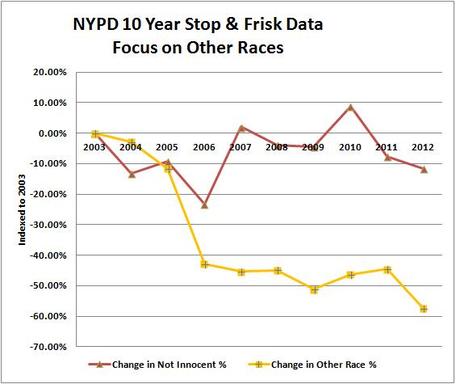
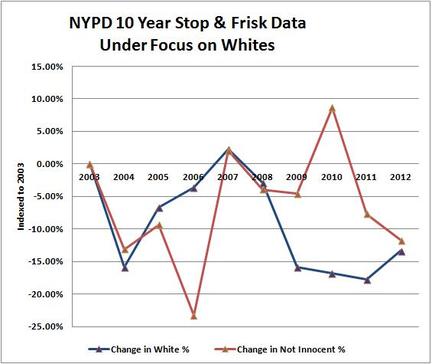
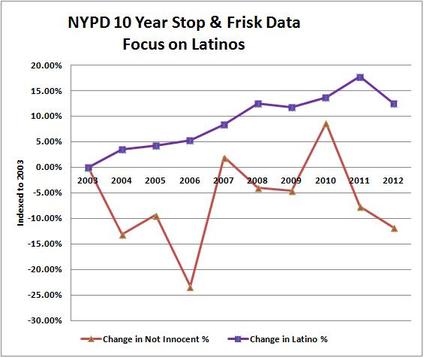
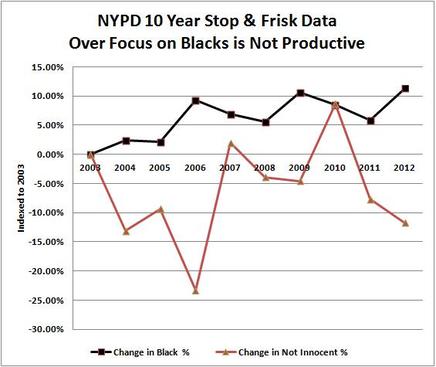
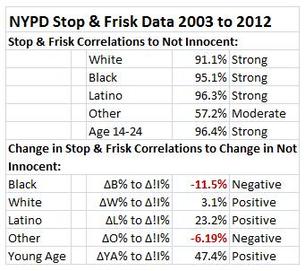
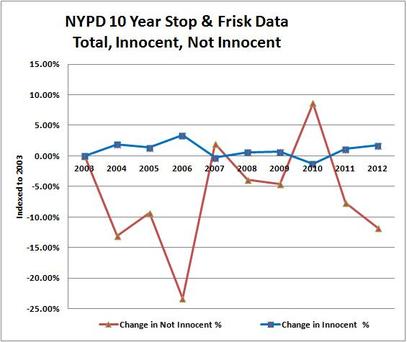
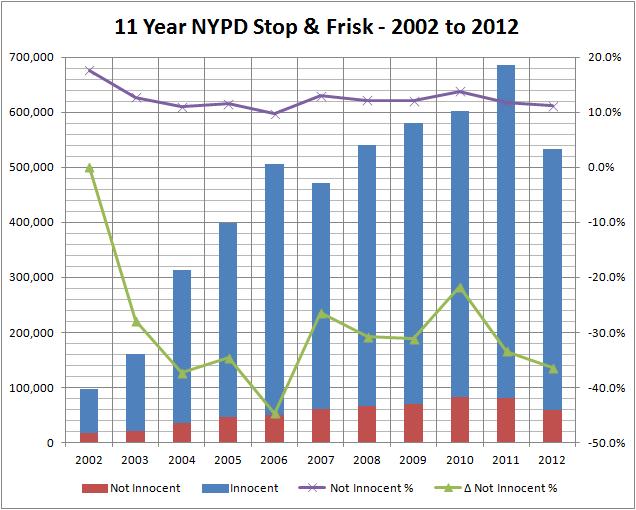
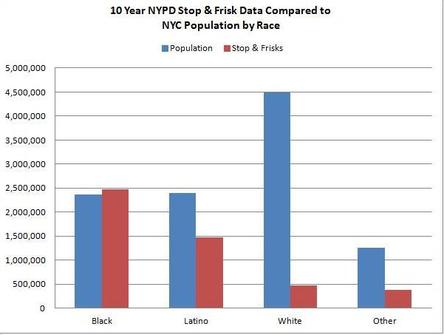
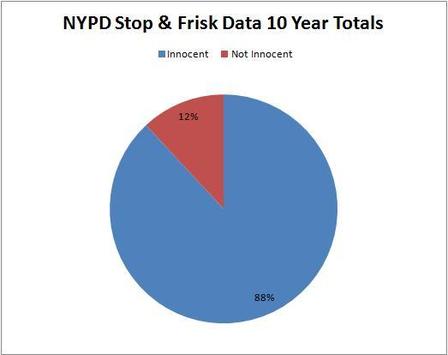
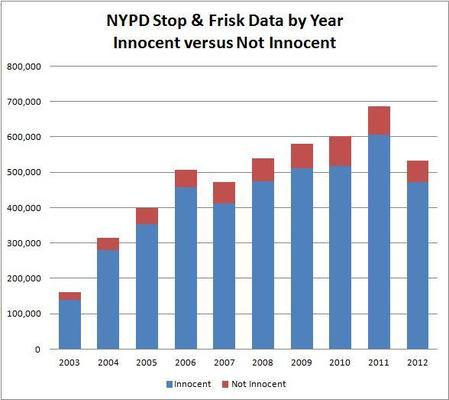
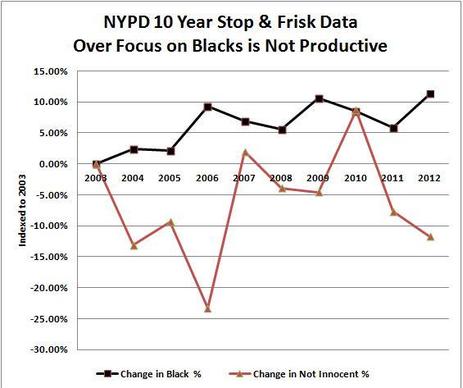
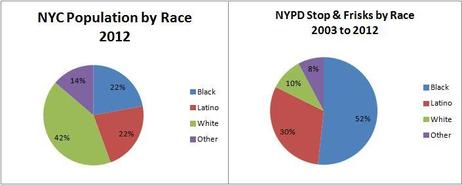
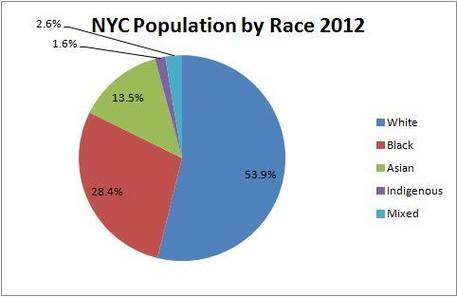

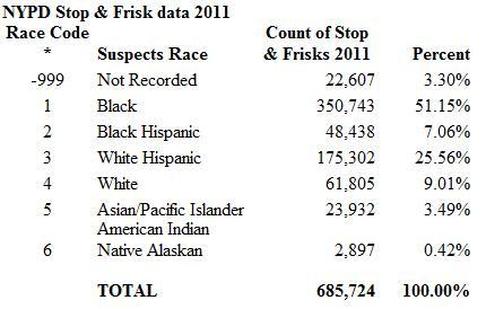
 RSS Feed
RSS Feed
